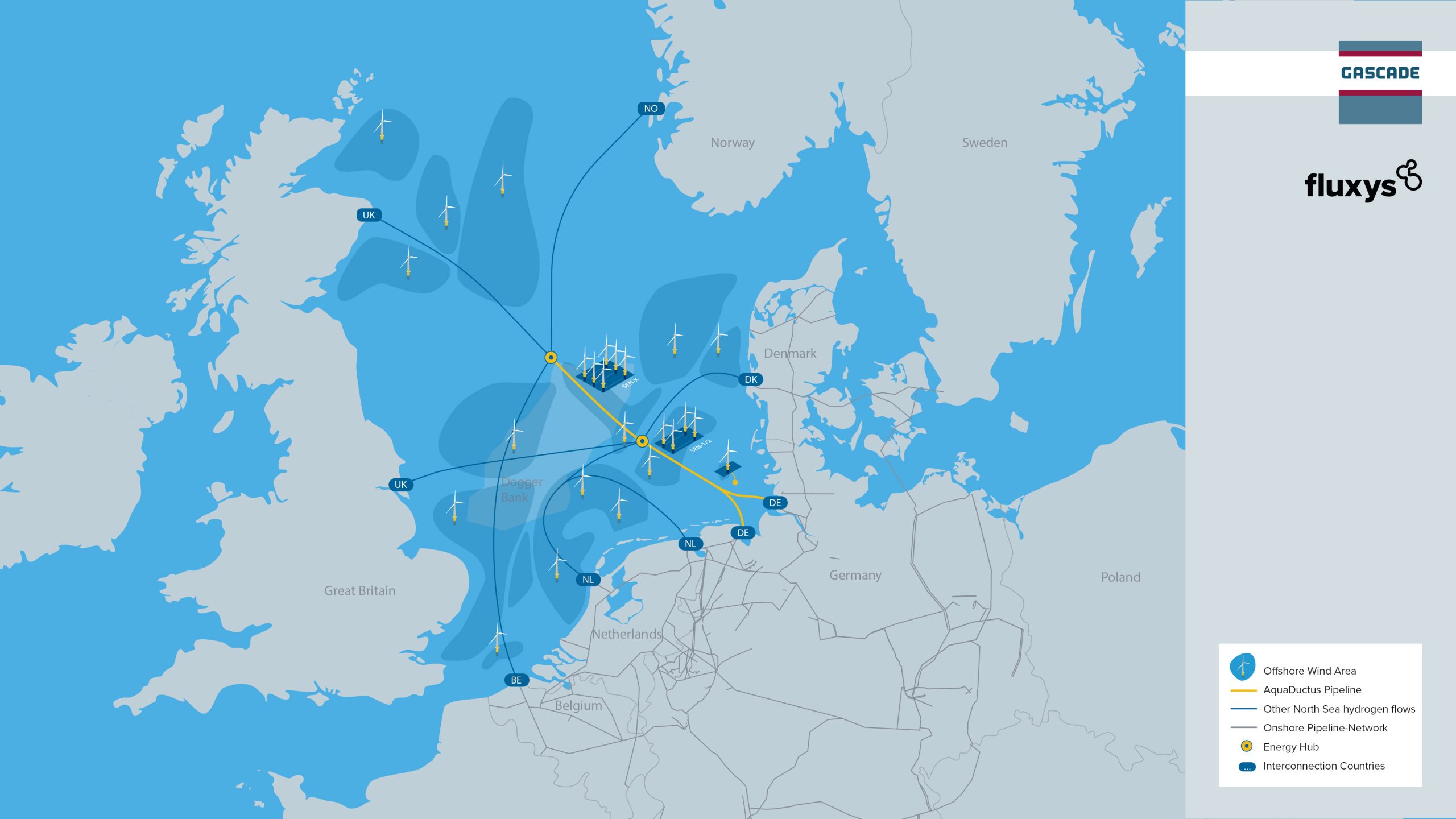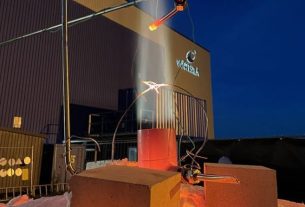Germany – Gascade and Fluxys have applied to the European Commission for Project of Common Interest (PCI) designation for the AquaDuctus project, which represents a significant step ahead in their plans for an offshore pipeline for green hydrogen in the North Sea.
The pipeline is intended to serve as a “backbone,” collecting hydrogen from different production locations while also having the ability to connect with other international hydrogen flows passing across the North Sea. The offshore pipeline will transport hydrogen to the German coast, where it will be fed into the onshore hydrogen network. AquaDuctus will provide large-scale offshore hydrogen infrastructure in the German North Sea in this manner, allowing hydrogen to be imported into Germany.
Links with wind
The initial step will be to connect the SEN-1 hydrogen wind farm to AquaDuctus, with flows beginning in 2030. Wind farms further offshore in Germany’s exclusive economic zone, as well as hydrogen infrastructure controlled by other North Sea countries, may be linked in coming years. The offshore pipeline is expected to become a major hydrogen corridor bringing up to one million tonnes of hydrogen into Germany by 2035. Based on the gas and hydrogen package currently being negotiated at the European level, the two long-standing transmission system operators intend to build the AquaDuctus offshore pipeline as a regulated open access infrastructure available to all future operators of hydrogen wind farms, enhancing future supply security.
Feasibility study
According to studies, the German and European North Seas have up to 100 GW of hydrogen production potential, and an integrated European offshore pipeline network is the best transport solution.
A comprehensive feasibility study for the project has been conducted successfully. The research investigated and confirmed the technical and planning viability of all project phases. Commercial aspects, marketing potential, price, and regulatory design alternatives were also investigated.




